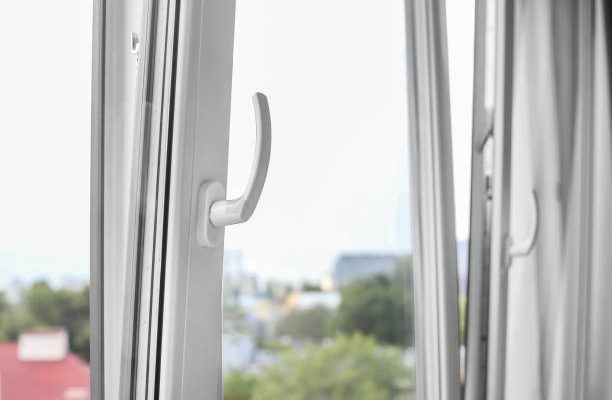Old windows carry a unique charm that reflects the history and character of a home. However, over time, the elements take their toll, and the efficiency of these windows may diminish. This is where the art of restoring and retrofitting old windows comes into play. By carefully preserving the original features while improving energy efficiency, homeowners can strike a balance between maintaining the aesthetic appeal of their home and enhancing its functionality.
Preserving History, Enhancing Efficiency
Old windows are often considered architectural gems that contribute to a home’s distinctive style. Restoring these windows is not just about maintaining aesthetics; it’s about preserving history. Each pane of glass, every muntin, and the patina on the frames tell a story of the past. By choosing to restore instead of replace, homeowners honor the craftsmanship of earlier eras and maintain a tangible link to the history of their home.
However, old windows are notorious for their energy inefficiency. Drafts, heat loss, and air infiltration are common issues, leading many to consider replacement with modern alternatives. While energy-efficient windows have their merits, restoration and retrofitting offer a chance to balance efficiency with the irreplaceable charm of original windows. Single hung windows, for example, whether restored to their original charm or retrofitted with modern efficiency-enhancing techniques, offer homeowners a perfect blend of historical character and improved energy efficiency
The Restoration Process
Restoring old windows demands patience, expertise, and a keen eye for detail. The procedure entails several crucial stages, such as evaluating and inspecting the windows’ condition, identifying damaged or decayed areas needing repair, and examining frames, sashes, hardware, and glazing to decide which components can be preserved or replaced. Afterward, repair or replace any rotted wood with epoxy fillers or new wood sections and fix broken glass panes and non-functional hardware. Carefully strip layers of paint to expose the natural wood, appreciating the original craftsmanship. Reglaze the windows by applying new putty for a secure hold and a professional finish. Enhance energy efficiency by incorporating weatherstripping to seal gaps and minimize drafts without compromising the windows’ historical value. Complete the restoration process by repainting or refinishing with historically accurate colors and polishing or replacing window hardware such as pulleys, weights, locks, and hinges to maintain authenticity while improving functionality.
The Retrofitting Process
Retrofitting old windows entails blending modern technology and materials to enhance energy efficiency while maintaining the original design, demanding a delicate equilibrium between the past and present. By employing contemporary weatherstripping materials to strengthen seals, installing insulated glass panels in existing frames for better thermal performance, applying low-emissivity (Low-E) window films to reflect heat, utilizing draft-proofing solutions like brush strips, foam tape or draft excluders, adding shutters or storm windows as extra layers of insulation, and using heavy curtains or blinds during colder months to minimize heat loss, one can improve the functionality of windows without compromising their aesthetics.
Benefits of Restoration and Retrofitting
Choosing to restore and retrofit old windows offers numerous advantages, such as preserving the architectural history of the home by maintaining its charm and character, contributing to environmental sustainability by reducing the need for new window production and disposal, enhancing energy efficiency without sacrificing unique appeal, potentially being more cost-effective than complete window replacement as it preserves longevity and authenticity, and increasing the home’s value due to the high demand for preserved historical features among buyers.
In conclusion, restoring and retrofitting old windows is a delicate art that marries the preservation of history with the enhancement of efficiency. By carefully assessing, repairing, and upgrading these windows, homeowners can enjoy the best of both worlds. The charm of original design is cherished, while energy efficiency concerns are addressed through modern retrofitting techniques. This harmonious blend allows homeowners to take pride in their home’s heritage while making it more comfortable and sustainable for generations to come.




















